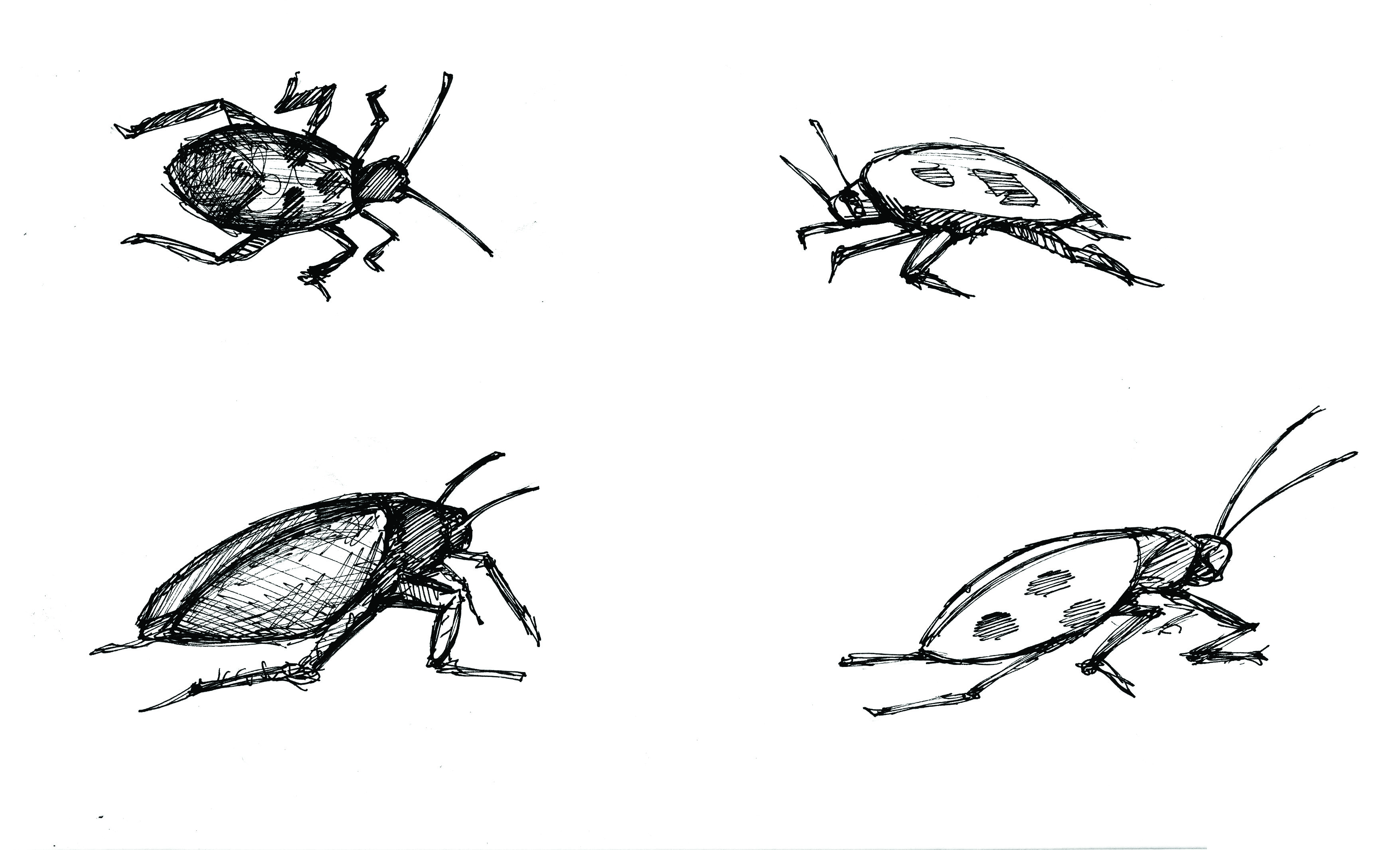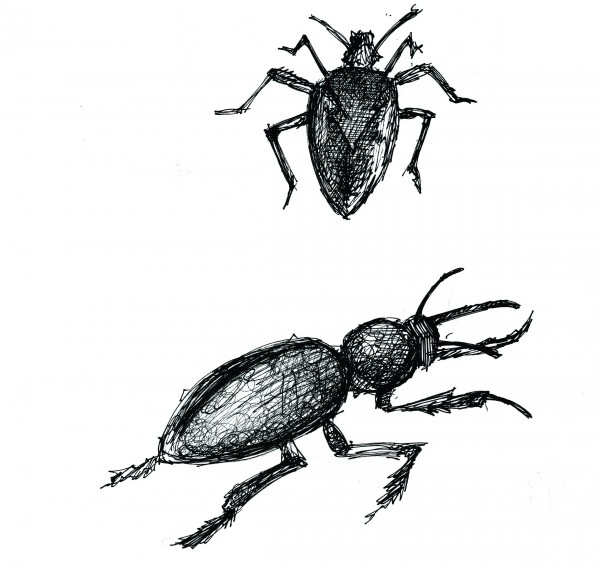For the average Canadian, cold-blooded crawly creatures may be feared or revered. If you fall into the “I barf at the thought of eating spiders in my sleep” camp, it’s time you got a little closer to and more comfortable with your critter friends.
Before you turn the page at the mere thought of putting a beetle in your belly, consider the fact that insect species make up over half of identified living organisms on Earth. Many are loaded with protein, calcium, iron, and zinc. When they’re used as a food source, insects require much less land space and feed than traditional livestock such as cows and pigs.
Investing in insect harvesting could be beneficial to poor segments of society, as a result of the low technology and capital required in the process. They can be harvested by people in rural and urban areas. Plus, their exoskeleton gives them a satisfying crunch between your teeth.
Have I convinced you yet?
If you’re an early riser, maybe you’d like to try grasshopper. They’re easier to catch in the morning when the temperature is cooler. Since grasshoppers are cold-blooded, their bodies will be mostly immobile and there will be a small chance of them hopping away.
Grasshoppers can usually be found at the edges of fields or on roadsides. Brady Road would be a good place to start your hunt.
Winnipeg’s Insect Control lists caterpillars as tree pests, but did you know that these pests can be pecked at? Caterpillars are extremely diverse, and they’re a great source of protein, too. The collection of these fuzzy guys for eats is an important part of some African cultures.
The mopane caterpillar can be dried, preserving its edible nature for months at a time. But first, it must be degutted (perhaps the most fun part) and boiled in salted water.
The dirtiest of the edible insects may be the dung beetle, who truly lives for dung – in other words, cow poo. Cow patties are dung beetles’ home and food all in one – talk about economical.
Dung beetles might actually reduce the methane from cow patties by as much as 40 per cent. The beetles’ process of digging through cow feces creates spaces for air to flow, lowering the production of methane.
So, the next time you’re searching for that comforting crunch from a bag of chips, why not hunt for a grasshopper, caterpillar, or beetle instead? If you cover the bugs in chocolate, you might not even notice their antennae flossing between your teeth.
Sponsored by- 369bugs.com





